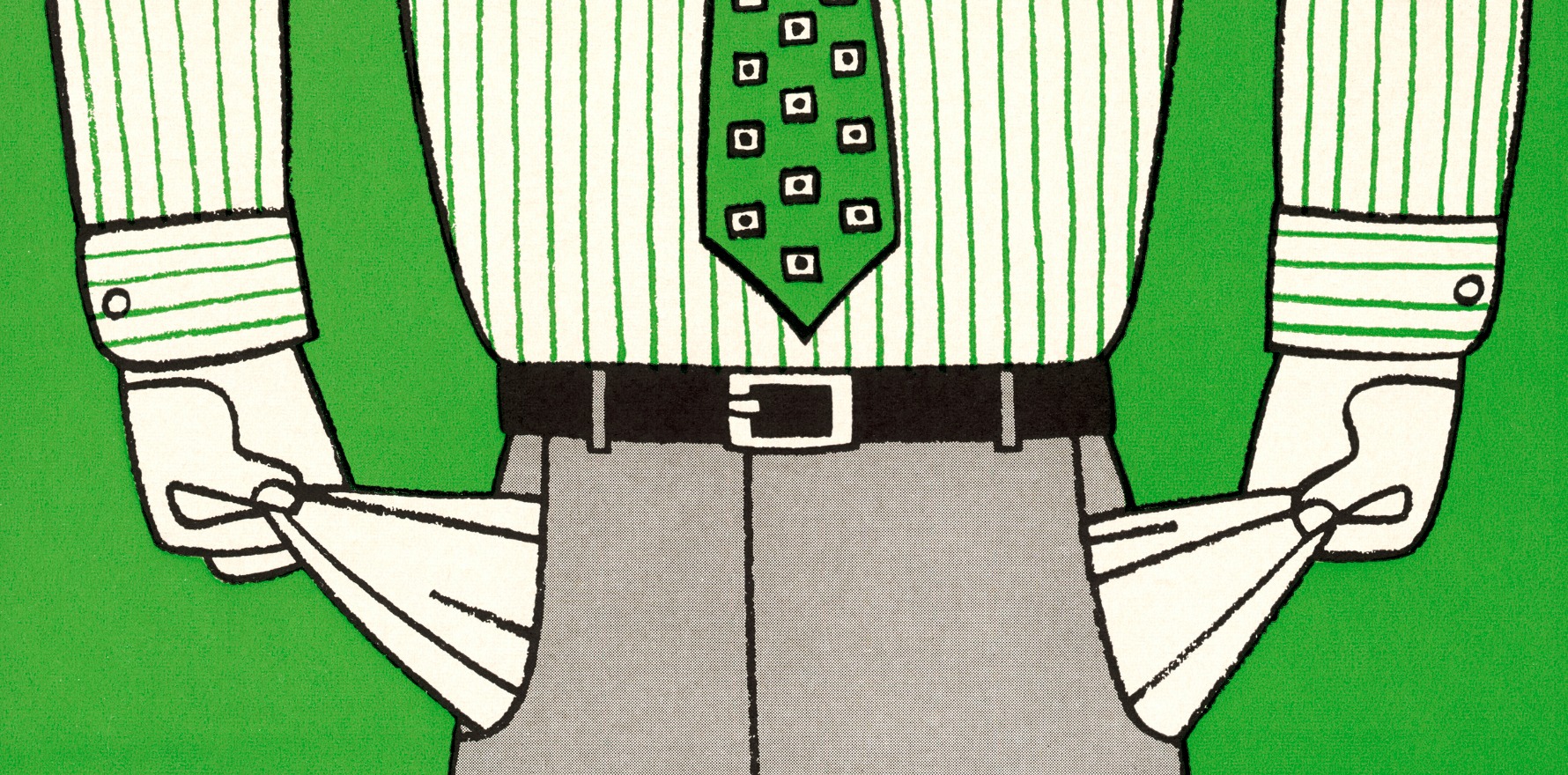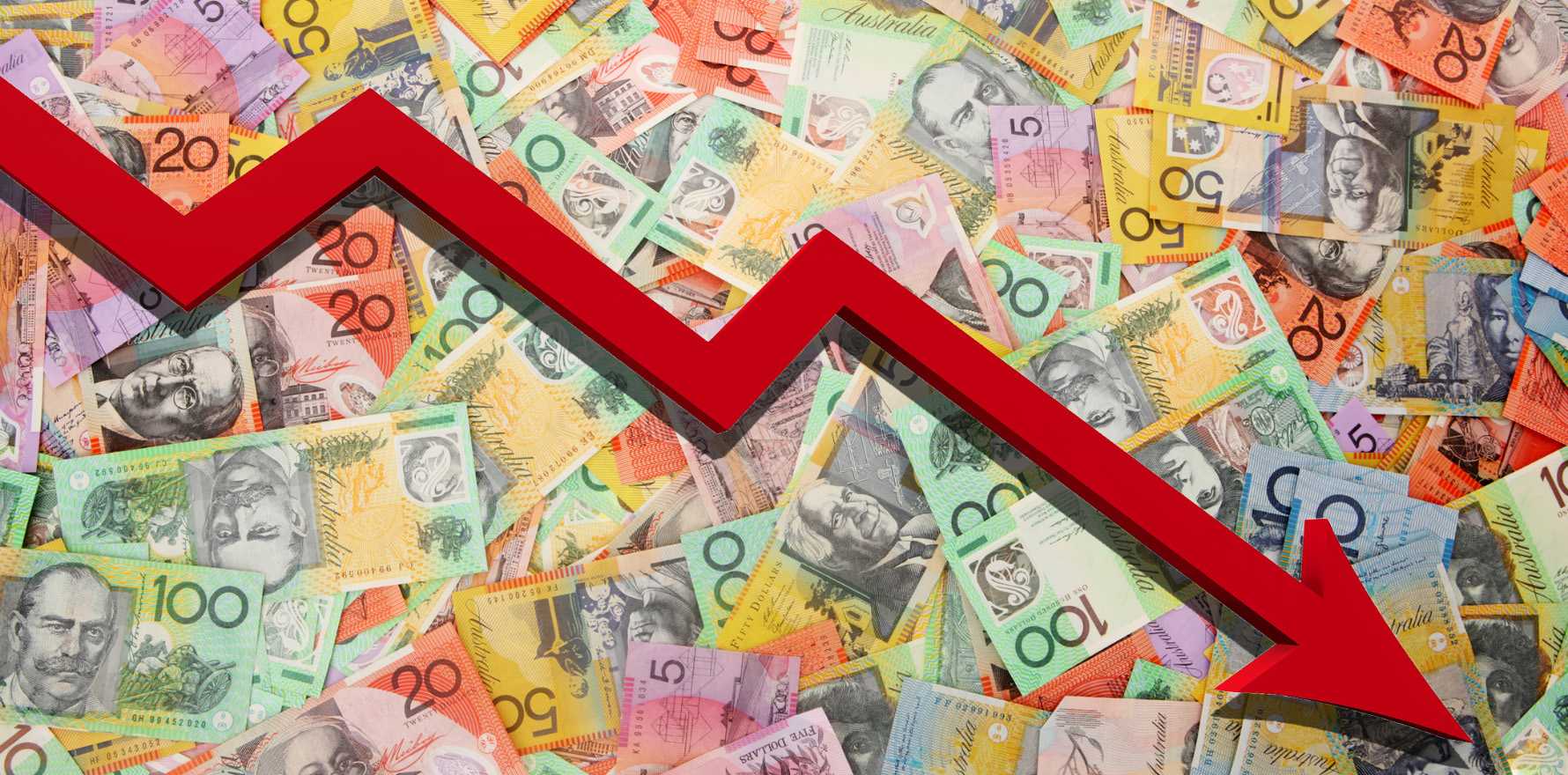Medicare statistics are once again telling two very different stories.
Health Minister Mark Butler is lauding the ‘green shoots’ of a bulk billing rebound, but Medicare’s share of the health bill has stayed the same.
Here’s how both statements can be true at once.
As The Medical Republic has reported at length, whether bulk billing is going up or down depends on where it’s being measured from.
The way Mr Butler measures it, which is from the GP non-referred attendance bulk-billing rate in October 2023, bulk billing rose by 3.4 percentage points over the first six months after the tripled incentive was introduced.
By his telling, it’s kept on rising since.
“We are starting to see those green shoots of recovery, but I don’t pretend it’s going to change overnight,” Mr Butler said yesterday.
“We’re seeing more bulk billing.
“We’re seeing a lot more additional free visits to the doctor, 900,000 additional bulk billed or free visits to the doctor just last month because of our changes.”
Medicare bulk billing statistics are only released every quarter; the most recent numbers available are from May.
The Australian Institute of Health and Welfare, though, releases monthly data on the percentage of GP fees covered by the MBS.
Earlier in 2024, this measure hit an all-time low of 83.42%, having historically been at around 90% or greater.
The lower the Medicare contribution, the more money people are paying out of pocket – whether that’s paying a gap fee more frequently or paying a higher gap fee.
In June, the most recent month for which data is available, it had risen slightly to 84.31%.
Related
The AIHW now breaks down the data by age groups; interestingly, the percentage contribution of Medicare for people aged 15 and under and people aged 15 and older were both at 91%, closer to the historical average.
These are two of the three groups – the other being people aged 16 to 64 with a health care card – that qualify for the tripled bulk billing incentive.
The average Medicare contribution for Australians aged between 16 and 64 was 78.88%, which is what dragged down the overall mean to 84.31%.
Compared to the same time last year, the Medicare share of the bill has increased slightly on both the tripled bulk billing incentive age cohorts, but decreased for the middle cohort.
The AIHW statistics don’t measure bulk billing incentives alongside the rest of GP services, but the trends in out of pocket payments are still clear.
If the government share of the spend is rising for the incentivised age groups, that indicates that the tripled incentive is likely having an effect for those specific cohorts.
But what the slight dip in Medicare contribution for the 16 to 64 cohort indicates is that the incentive has not had a flow-on effect for the rest of the population.
If the idea was that tripling the incentive for vulnerable patients would boost GP income enough for them to take on more bulk billed patients in general, it would appear to be failing.
With three months having passed since the last lot of bulk billing statistics dropped, there’s likely to be an update with numbers from the April to June quarter in the coming weeks.
This article was updated on 5 August with additional information on how the AIHW classifies bulk billing incentives in its statistics.





